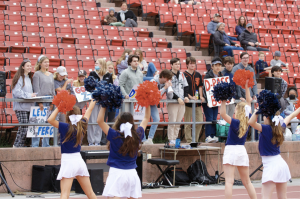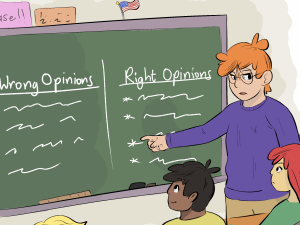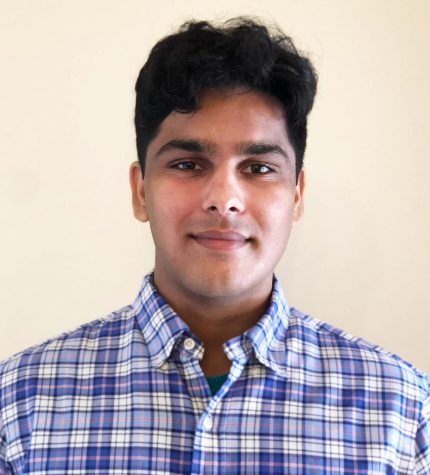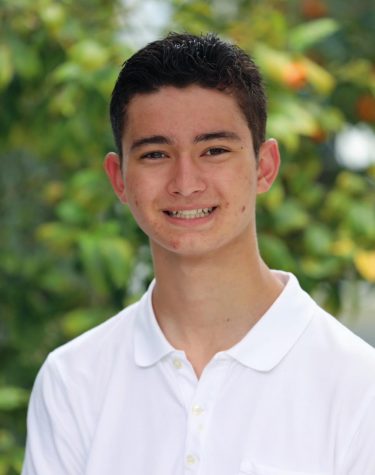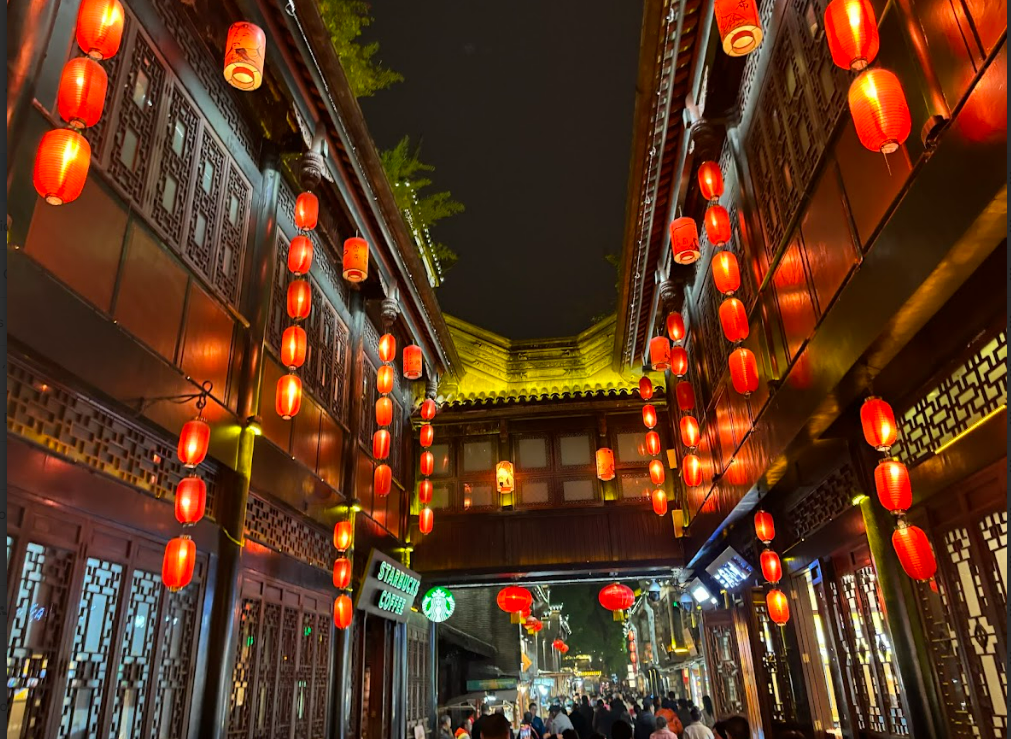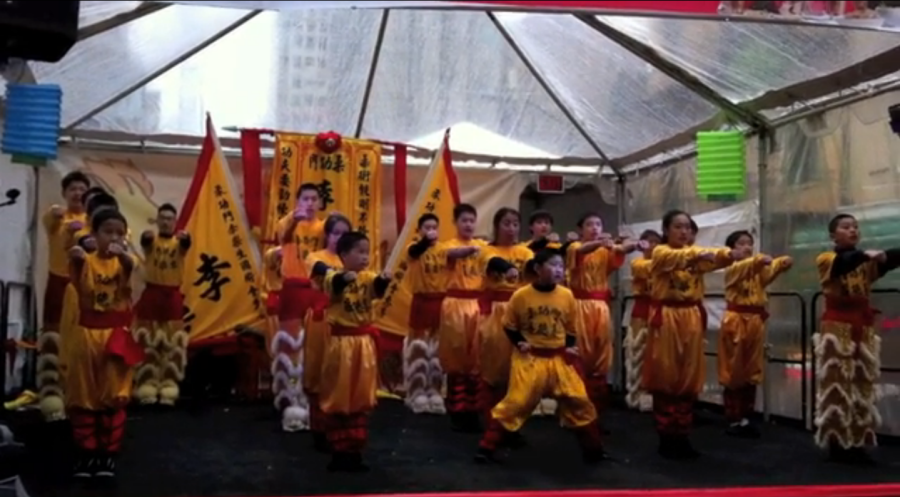Gong Xi Fa Choi, Gong Hei Fat Choi, or Happy Chinese New Years! It was the time when the red envelopes filled with money is given as a gift to others. Chinese New Year was celebrated on February 3rd 2011. Receiving red envelopes is not the main purpose of Chinese New Years, but instead the purpose of this celebration is to get closer to the Asian community and to be thankful for everything. People follow many traditions in the celebration of Chinese New Years but every individual celebrated differently. There are a good amount of Asians in the Stuart Hall community that celebrates this special day. Each person’s way of celebrating it is different but they all conclude to one purpose, connecting with God and one’s family.
Joshua Wong ’11, a senior, celebrates Chinese New Years by performing the well-known lion dance (see him in the video above—he’s one of the tail end dancers in the back at the parade) or showing off his kung fu moves with his kung fu classmates to put on a show for others. He says, “I feel different today. I feel nervous but excited to perform for these people that will be watching me.” Joshua feels spiritually connected to his community on that special day because he gets to perform a traditional performance that is usually only done a couple of times throughout the year.
Baldwin Liu ’12, a junior, did not celebrate by performing what Joshua did but instead had a family connection. Baldwin says, “I love Chinese New Years! I get money from other people and get to eat a lot of food, but what makes me really happy is having my whole family and relatives, who I don’t see too often, come over to my house and spend a day together.” Baldwin celebrated it like most typical people would; having a family reunion to reconnect with one another. He felt especially connected with his family because on that day, everyone was happy and relaxed, and there was no negativity throughout the whole day.
I, Raymond Jiang ’12, a junior, had also celebrated Chinese New Years by being with my family but also going with my family to a Chinese temple to pray to Buddha for the new year beginning and to thank him for everything. I go to the Pao-Hoa Buddhist Temple in San Jose. In a Chinese temple, there is a main temple and there are many mini temples around it. The tradition that people do when at a temple is pray to different statues and to finally pray at the main temple. When praying, one holds incent and prays to Buddha about what one wishes for in the New Year. I feel specially connected to Chinese New Years because when I am praying to Buddha, I feel one with him and feel connected to the whole community.
Chinese New Year doesn’t have a specific day in the western calendar when celebrated every year because of the lunar calendar, so for every year, the date changes. As well as the date changing, the animal symbol is also changed every year. Last year it was the tiger and now this year it is the rabbit. There are twelve different animals that are alternated every year in a repeating cycle.



